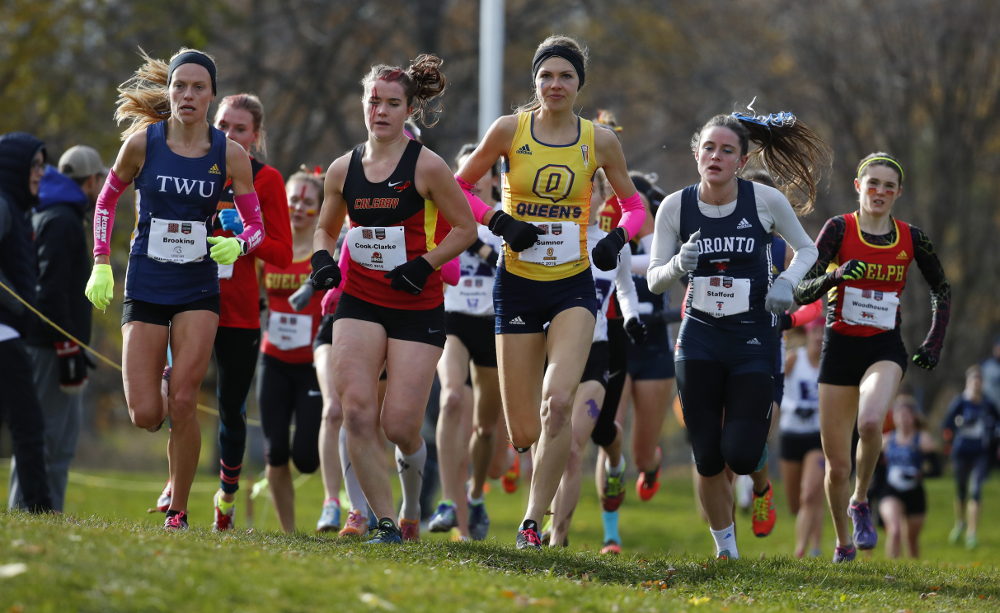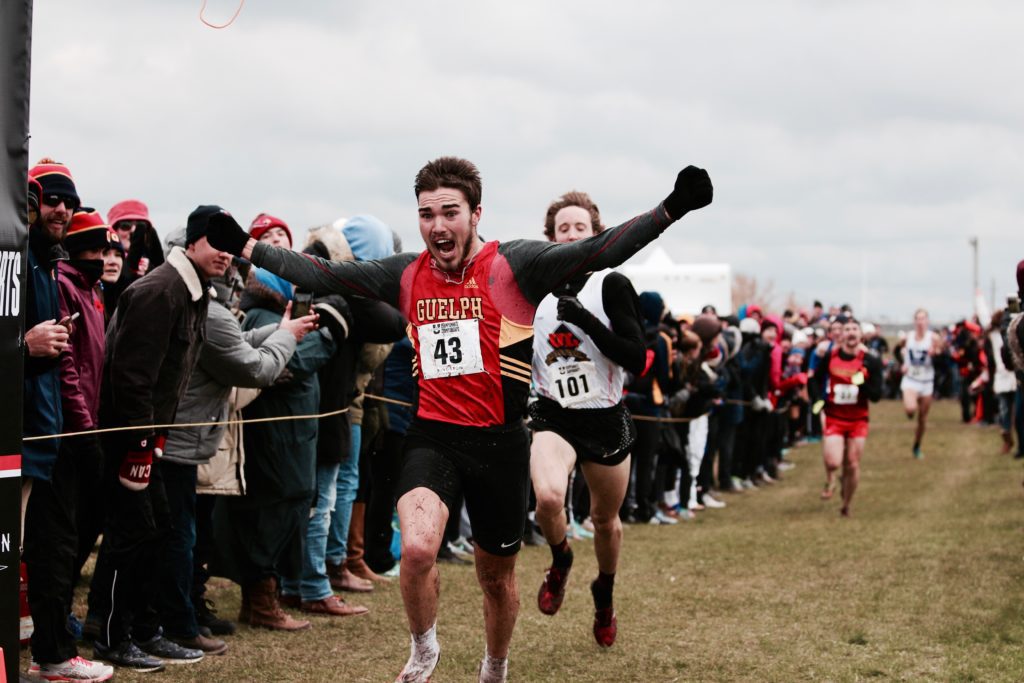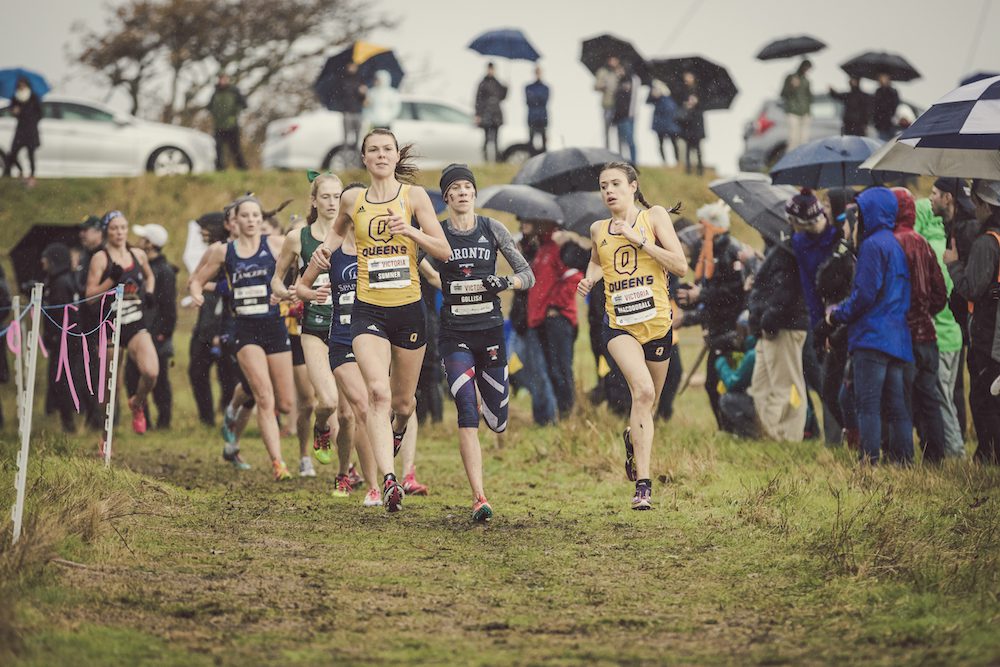Women are winning ultra marathons, but not running the same distance as men in XC
Men and women still race different distances at various levels of cross-country and yesterday Camille Herron weighed in on the issue

On the track and the roads men and women race the same distances, but when it comes to cross-country, this isn’t the case. In Canadian collegiate cross-country, men and women have never raced the same distance at championships. At the high school and club national levels, men and women now race the same distances, but collegiate athletics has lagged behind.
RELATED: Canadian university coach responds to the gender equality debate
https://twitter.com/runcamille/status/1097276134440333313
Camille Herron was known as a prolific and highly decorated road marathoner and ultramarathoner until she took up trail running in 2016. She tweeted yesterday on the topic, suggesting that it’s no longer acceptable that a discrepency in race distance occurs at any level. “While women are winning ultras outright, HS and collegiate women in XC continue to run a shorter distance than men, Why? Creating a mindset of inferiority at a young age does nothing to advance the sport. We are more than capable.”
Herron won the Comrades Marathon in 2017, and later last year broke the women’s 100 mile record in her first 100-miler, Tunnel Hill 100 in Illinois, with a time of 12:42:40. Ast last year’s Desert Solstice, Herron broke the American 50-mile record (with a time of 5:59:10), the American 100K record (with a time of 7:36:39), and the 12-hour world record, previously held by Ann Trason.
RELATED: Canadians dominate at NACAC cross-country champs

In the NCAA, the women race 6K and the men race 10K. In Canada at the collegiate level, the men’s and women’s distances have slowly moved up, but they have never been equal. On the women’s side, they raced 5K up to the end of 2013, and by 2017 the distance had increased to 8K. The men’s distance has remained at 10K.
Dick Moss is the head cross-country coach at Laurentian University and wrote to Canadian Running providing a coaches’ perspective on the issue in 2015. “I believe either the 6K or 8K can do a good job of developing athletes for higher levels of competition. The 10K can do the same, but the side-effect of moving to the 10K will be a reduction in participation and the possibility that some schools will be unable to field a full team.

“As I mentioned in the meeting, I don’t mind the 8K, but I would currently vote for the 6K because that’s the distance that’s preferred by the majority of my own female athletes and those in the OUA. I believe female athletes should have a say in determining their own system – to me, that’s a better signal of equality than simply copying what the men do.”
RELATED: The cross-country distance debate: Allie Ostrander wants the women to move to 10K
Yesterday at the NACAC cross-country championships, the junior women raced 6K, while the men raced 8K. At the senior level, both men and women ran 10K.


